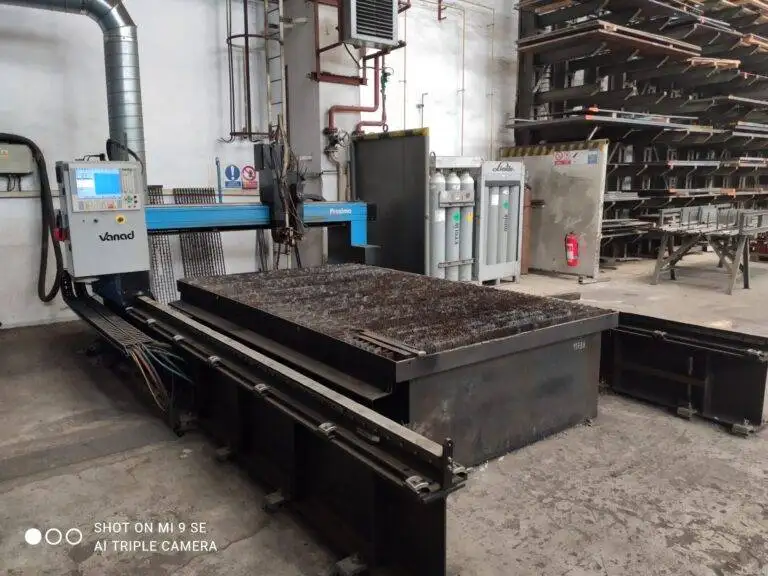The Power of Pressure: An In-depth Look at Metal Pressing

Metal pressing, also known as stamping, is a manufacturing process used to convert flat metal sheets into specific shapes. It’s an essential process in various industries, including automotive, aerospace, and electronics. This article will explore the intricacies of metal pressing, its types, applications, and more.
Understanding Metal Pressing
Metal pressing involves placing a flat metal sheet into a press, where a tool and die surface form the metal into a net shape. Metal pressing can be a single stage operation where every stroke of the press produces the desired form, or it can occur through a series of stages.
Types of Metal Pressing
There are several types of metal pressing, including:
- Deep Drawing: This process is used to create deep, hollow parts in sheet metal. The depth of the drawn parts can be greater than their diameter.
- Bending: This process involves bending the metal along a straight line. It’s used to create creases, corrugations, and seams.
- Coining: This is a precision pressing technique that involves significant amounts of stress to create intricate details.
- Progressive Die Metal Stamping: This is a method that involves multiple stamping stations, each performing one or more operations on the metal piece.
Applications of Metal Pressing
Metal pressing is used in various industries to create a wide range of products. In the automotive industry, it’s used to create body panels and engine parts. In the aerospace industry, it’s used to form aircraft components. In the electronics industry, it’s used to create connectors, terminals, and lead frames.
Equipment Used in Metal Pressing
The primary piece of equipment used in metal pressing is the press machine. These machines come in different types, including mechanical presses, hydraulic presses, and servo presses. The choice of machine depends on the specific application, the type of metal, and the desired outcome.
Quality Control in Metal Pressing
Quality control is crucial in metal pressing.The finished parts must meet specific standards for dimensions, surface quality, and performance. Various testing and inspection methods are used to ensure quality, including visual inspection, dimensional measurement, and surface roughness measurement.
Safety in Metal Pressing
Safety is paramount in metal pressing operations. Press machines can be dangerous, and precautions are necessary to avoid accidents. These include using safety guards, following proper operating procedures, and wearing personal protective equipment.
Conclusion
Metal pressing is a versatile and essential process in many industries. It allows for the mass production of parts with high precision and consistency. Understanding the intricacies of metal pressing can help manufacturers optimize their processes, improve product quality, and increase efficiency. Whether you’re making car parts, aircraft components, or electronic connectors, metal pressing is a skill that’s indispensable in the modern manufacturing world.






You must be logged in to post a comment.